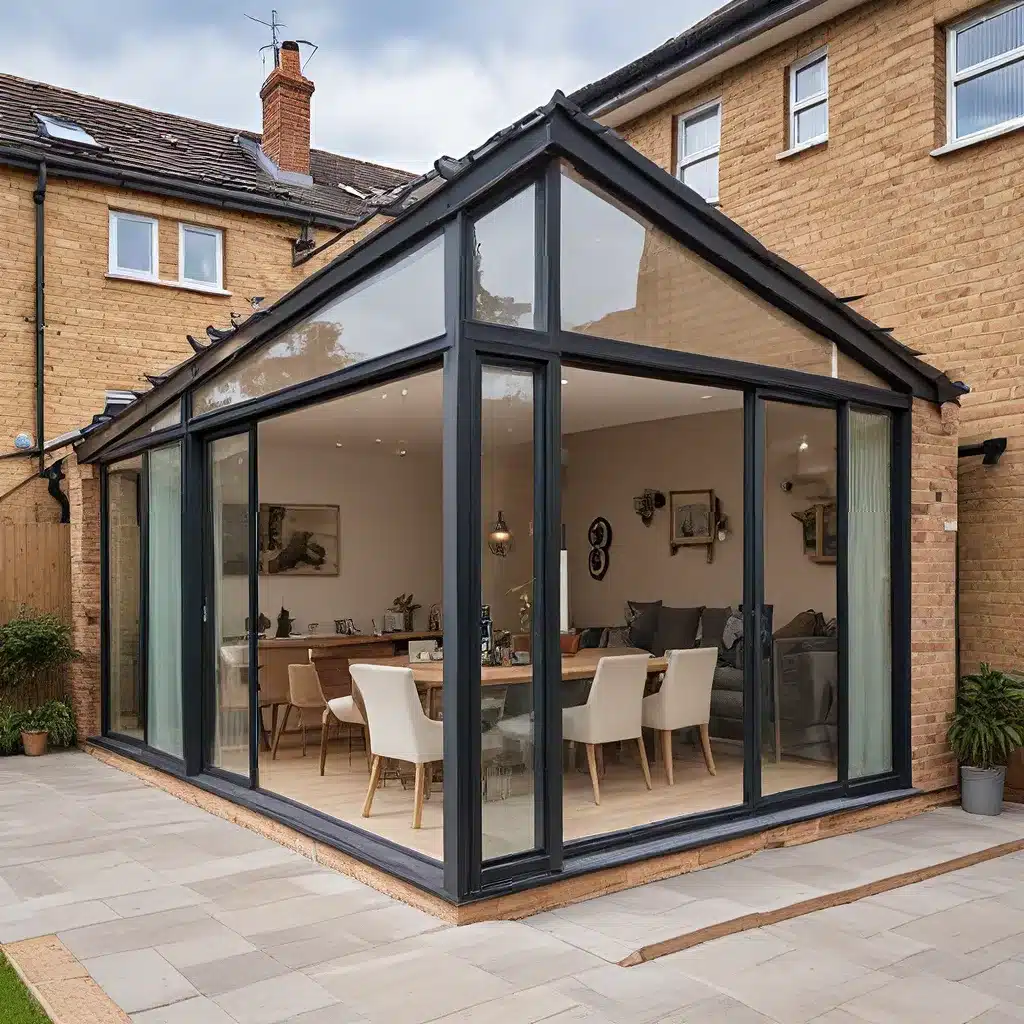
As a homeowner in Aberdeen, UK, I’ve always been passionate about making eco-friendly choices, both for the sake of the environment and to save on my utility bills. When it came time to plan a home extension, I knew I wanted to incorporate sustainable design principles that would reduce my carbon footprint and create a more energy-efficient living space.
Improving Insulation for Energy Efficiency
One of the first areas I focused on was insulation. Improving insulation is crucial for energy efficiency and reducing heat loss. I decided to upgrade my insulation materials to minimize energy wastage and maintain a comfortable indoor temperature year-round. By investing in high-performance insulation, I was able to create a more comfortable and efficient living environment.
Additionally, I made sure to upgrade my windows to energy-efficient models that provide better insulation, reducing the need for excessive heating or cooling. This simple change has made a significant difference in my monthly energy bills and my overall environmental impact.
Conserving Water with Smart Renovations
Another important aspect of sustainable design that I incorporated into my home extension was water conservation. Water scarcity is a growing concern, so I was determined to find ways to reduce my water consumption without compromising functionality.
I started by installing low-flow taps, shower-heads, and toilets throughout the extension. These water-saving fixtures have allowed me to reduce my water usage without any noticeable difference in performance. But I didn’t stop there – I also implemented a rainwater harvesting system to capture and reuse rainwater for irrigation, reducing my reliance on the municipal water supply.
Choosing Sustainable Building Materials
When it came to selecting materials for my home extension, I was dedicated to choosing eco-friendly and sustainable options. Whenever possible, I opted for reclaimed or recycled materials, such as reclaimed wood flooring and recycled glass countertops. These choices not only minimized my environmental impact but also added unique character and personality to my home.
I also made sure to look for products with certifications like Forest Stewardship Council (FSC) for wood or Cradle to Cradle (C2C) for overall sustainability. These certifications gave me confidence that the materials I was using were produced in an environmentally responsible manner.
Embracing Energy-Efficient Lighting
One of the cheapest, simplest, and most effective ways I embraced sustainability in my home extension was by upgrading my lighting fixtures. I replaced all the traditional incandescent bulbs with energy-efficient LED lights, which consume significantly less electricity and have a longer lifespan.
But I didn’t stop there – I also installed motion sensors and timers to automatically turn off lights in unoccupied areas, further reducing my energy consumption. This simple yet impactful change has allowed me to save on my electricity bills while minimizing my environmental footprint.
Harnessing Renewable Energy
Incorporating renewable energy sources was another key component of my sustainable home extension. After carefully researching the options, I decided to install solar panels on my roof, allowing me to generate clean, renewable energy for my home.
While the upfront investment was significant, the long-term cost savings on my energy bills and the reduction in my reliance on fossil fuels have made it a worthwhile decision. I’m proud to be doing my part in the movement towards a greener future.
Optimizing Natural Elements with Passive Design
In addition to the technological upgrades, I also implemented passive design strategies to maximize the energy efficiency of my home extension. By orienting the addition to take advantage of natural light and ventilation, I was able to reduce the need for artificial lighting and air conditioning.
I also incorporated features like skylights, large windows, and strategically placed trees to optimize the natural elements. Additionally, I implemented proper shading techniques, such as awnings and natural vegetation, to minimize heat gain during the summer months.
These passive design choices have not only improved the energy efficiency of my home but have also created a more pleasant and comfortable living environment that I can enjoy year-round.
Selecting Energy-Efficient Appliances
When it came time to furnish my home extension, I made sure to prioritize energy-efficient appliances. I researched and selected refrigerators, dishwashers, washing machines, and heat pump tumble dryers with high energy-star ratings, ensuring that they consumed less energy and water than their less-efficient counterparts.
Not only have these energy-efficient appliances helped me save money on my utility bills, but they’ve also reduced my overall environmental impact. It’s a small change that has made a big difference in my journey towards a more sustainable home.
Embracing the Sustainable Future
Incorporating sustainable design principles into my home extension has been a truly rewarding experience. By improving insulation, conserving water, choosing eco-friendly materials, embracing energy-efficient lighting, harnessing renewable energy, optimizing natural elements, and selecting efficient appliances, I’ve been able to create a comfortable, energy-efficient, and environmentally-friendly living space.
The long-term benefits of these sustainable choices are numerous, from lower utility bills to a smaller carbon footprint. But perhaps most importantly, I’ve gained a sense of personal satisfaction and pride in doing my part to build a greener future.
If you’re considering a home extension or renovation, I highly encourage you to explore the sustainable design options available. ABC Home in Aberdeen, UK, can help you navigate the process and provide expert guidance on incorporating eco-friendly elements into your project. Together, we can create a more sustainable tomorrow, one home at a time.
















